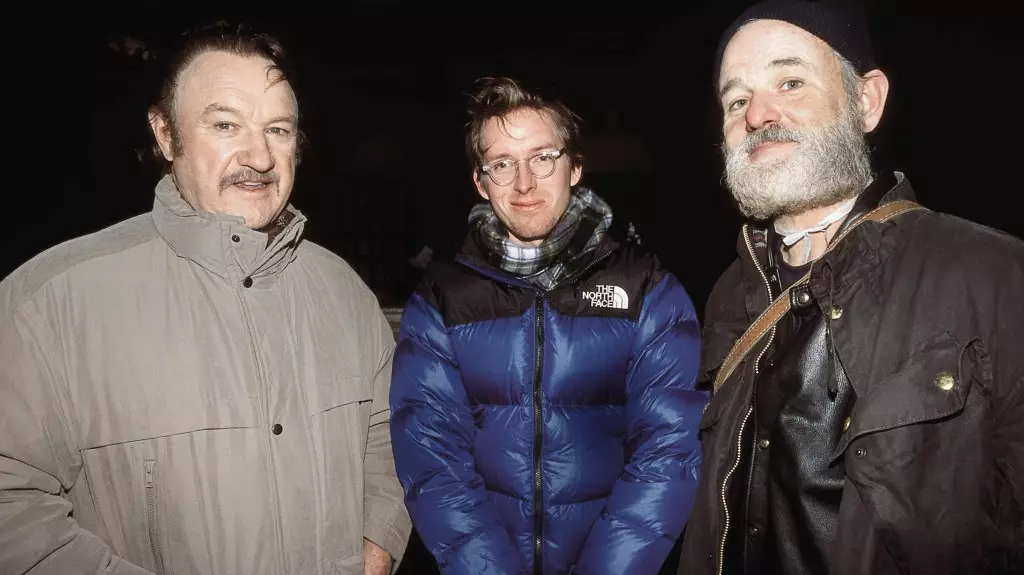Wes Anderson is a maestro at building whimsical universes that captivate audiences, making them question the boundaries of reality. As he prepares for the unveiling of his latest film, *The Phoenician Scheme*, at the esteemed Cannes Film Festival, Anderson has taken a moment to reflect on his remarkable journey through twelve films—an impressive feat for any filmmaker. Interestingly, his distinctive approach not only emphasizes creativity but also a shrewd fiscal prudence that many in the industry overlook.
In an insightful interview with *The Times U.K.*, Anderson revealed how he establishes a flat-fee payment model for his cast, a tactic that has garnered significant attention. This approach was solidified during the making of *Rushmore*, his breakthrough piece that featured a young Jason Schwartzman and established Bill Murray as a recurring collaborator. The essence of this strategy, while effective, did not come without challenges. Notably, the late Gene Hackman expressed frustration over this rigid salary structure. It serves as an important reminder that such decisions, while practical for budgeting, can elicit mixed reactions among talent.
The Tension of Tradition and Innovation
Anderson recounts the tense dynamics during the production of *The Royal Tenenbaums*, particularly with Hackman. It’s fascinating to witness how legacy actors often resist the innovative methodologies proposed by younger directors. Hackman found himself grappled between respect for the craft and an aversion to change, as he navigated the untraditional elements of Anderson’s vision. This friction, as Anderson describes, was rooted not just in the financial arrangements but reflective of a larger cultural clash—the friction between established actors and emerging filmmakers.
Despite the challenges, this clash yielded artistic brilliance. Anderson muses on what could have been—if only he had provided Hackman with a glimpse of the film’s potential earlier in the production. The notion brings into focus a critical aspect of collaboration: communication. It’s clear that a mere ten-minute preview might have shifted Hackman’s perspective and fostered a more harmonious working environment. This serves as an essential lesson for upcoming filmmakers: proactive engagement and clear communication are vital, particularly when collaborating with seasoned veterans.
Lessons from a Complex Relationship
The complexities of Anderson’s relationship with Hackman paint a vivid portrait of the difficulties inherent in collaborative art. Their uneven dynamic is a testament to the layered intricacies often involved in film production. Anderson’s acknowledgment of their tense interactions reflects not only his humility as a director but also a critical self-awareness of his own growth amidst the challenges of navigating the industry.
Anderson reflects on a significant moment—one where he recognizes that Hackman’s frustrations did not stem solely from the film’s budgeting but also from the inherent difficulties of adapting to a new directorial style. These candid admissions underscore the reality that cinema is not merely a technical endeavor; it encompasses a rich tapestry of human interaction. While Hackman left the set without a formal farewell, he nonetheless influenced the trajectory of Anderson’s career, reminding us that even contentious relationships can enhance creative development and evolution.
In essence, Wes Anderson’s unique approach to filmmaking serves as a potent metaphor for how art can thrive within constraints. His experiences with various actors navigate the intersection of financial savvy and creative genius, which ultimately enrich the landscapes he so thoughtfully constructs. The film industry, rich with intricacies, demands both innovative thinking and an appreciation for the bonds that are formed—and at times frayed—during the filmmaking process.
